How to spot fake Chanel and Hermès bags – expert gives her top tips on what to look out for, Saturday, 03 November, 2018
- Victoire Boyer Chammard, head of authentication for Vestiaire Collective, explains the best ways to verify goods are real
- Counterfeiting has continued to grow
The knock-offs even go as far as the counterfeit specialists themselves – earlier this year there were reports of “fake” authentication companies opening shops in China to further dupe customers.
Like Hula, but for children’s wear: trading platform cuts waste
When it comes to distinguishing reals from fakes, a trustworthy and reliable source of information is even more vital than the product itself.
For this reason experts like Victoire Boyer Chammard are an essential part of the industry. The head of authentication for pre-owned fashion marketplace Vestiaire Collective, Chammard overseas 20 or so specialists at the brand’s Paris headquarters that help “verify” the 3,000 or so goods added daily to the website.
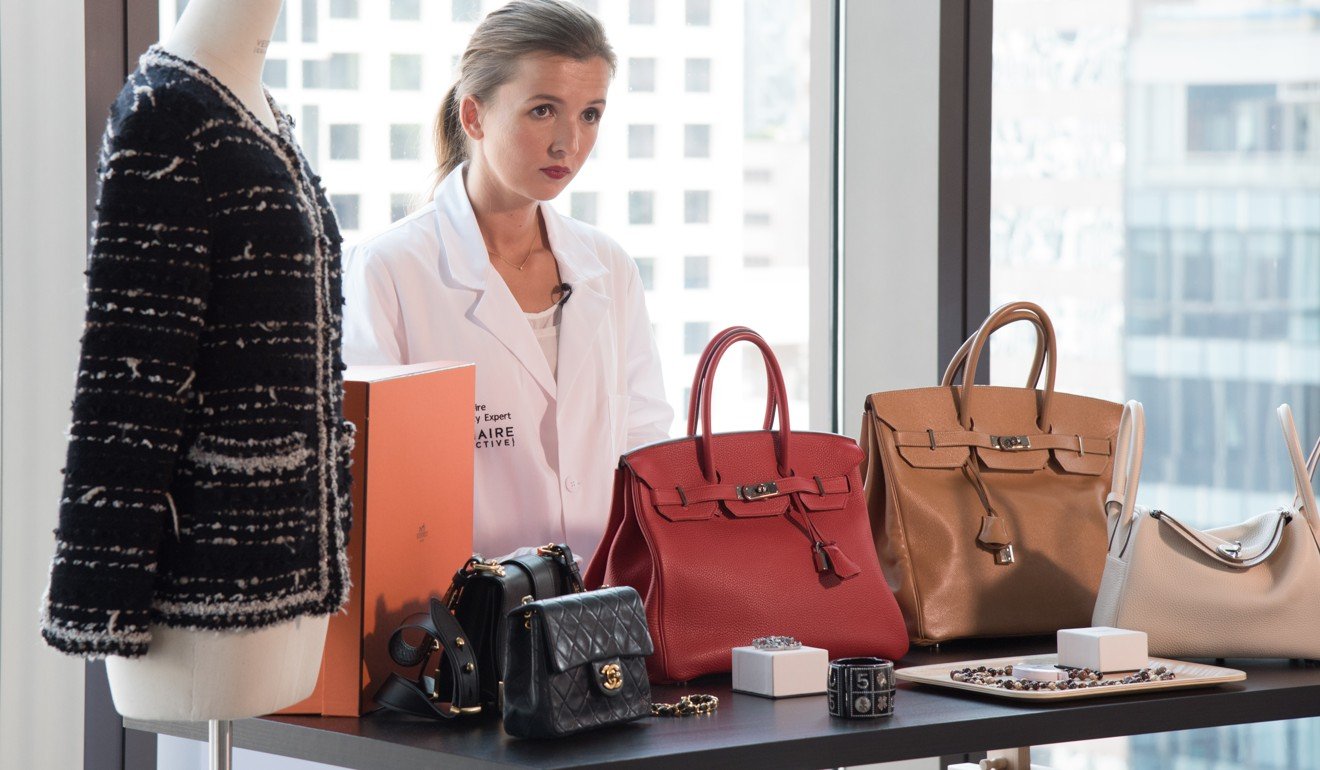
A former archive assistant at luxury brand Balenciaga, she says the path to becoming an authenticity specialist isn’t as cut and dry as other professions.
She worked alongside Penelope Blanckaert, a renowned vintage and haute couture fashion expert that organised auctions in Paris, and quickly developed what she calls an eye and sensibility towards luxury goods. In 2014 she joined Vestiaire Collective full time.
“Since then counterfeiting has continued to grow, especially with social media. A brand can launch a product and it can be copied in a matter of weeks. Social media is a dream for counterfeiters because they can learn so much.
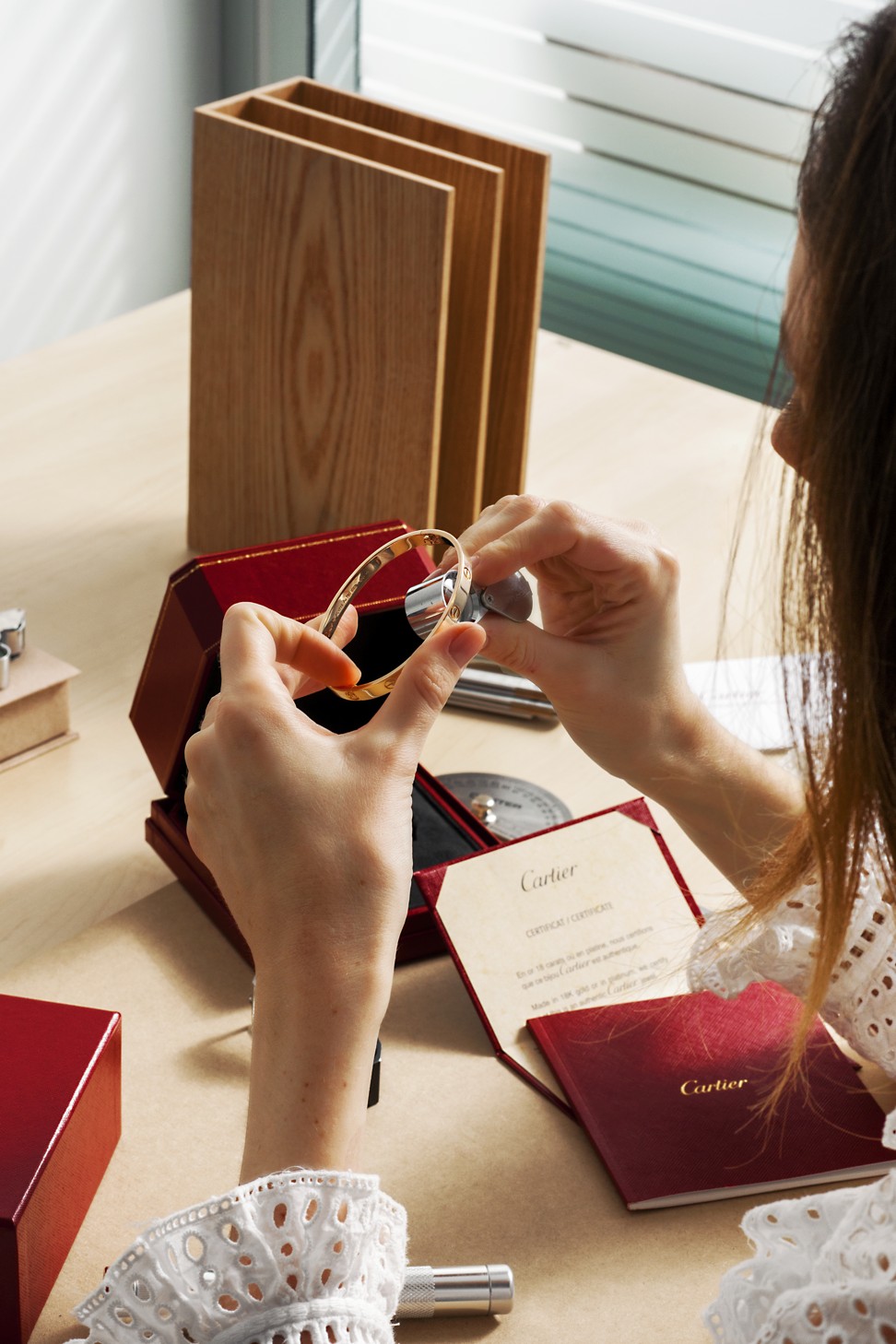
That being said, it doesn’t reveal everything, especially when it comes to the feel, touch and inside of a product. A counterfeiter can always make a mistake and it’s our job to find that,” she says.
While the counterfeit market has long been dominated by luxury handbags and watches, that too is changing.
Chammard notes that today’s fakes can cover almost any category or product, especially if the brand is trendy and in demand. So while Chanel and Hermès handbags are still popular, new items include streetwear such as trainers from Gucci, Supreme and Golden Goose.
“How long it takes us to distinguish a genuine product from a fake depends on the item and type of brand – shoes are much quicker, bags may take longer. Streetwear has proven to be a new challenge so we recently hired a specialist that knows the brands from the inside out. It’s important that we have people that specialise in different categories – we need to exchange knowledge and talk,” says Chammard.
A brand can launch a product and it can be copied in a matter of weeks. Social media is a dream for counterfeiters because they can learn so much
While the Vestiaire Collective team has access to a reference guide developed in house, she closely follows a simple methodology that can be applied to any product.
“First it’s important to check if the model or product even exists. Then you need to check for details that correspond with the DNA of the house. So for example, you may have a vintage Chanel jacket with no label, but other details can help you check if it’s authentic such as the buttons, tweed, lining, etc …” she says.
Perhaps the trickiest and most complicated part of the procedure is the quality test. This includes checking the material, the finishes and details such as the lining. Hermès for example will have imperfections as it’s handmade, as will vintage items.
When it comes to testing leather, she suggests customers close their eyes before they touch the material and rely on their sense of smell.
“Keep in mind that boxes, dust bags, and even invoices aren’t a necessary sign of authenticity. Some people bring items directly to the brand’s boutique but the shop assistant’s knowledge may be limited if they haven’t worked there long enough or if they don’t know vintage items. You have to be very careful,” she says.
Five favourite Hong Kong vintage clothing stores, and three online options
When it comes to jewellery, she says to exercise extra care as many counterfeit pieces can still be made with precious materials such as gold and diamonds. Imperfections on the stones and the brand “stamp” or engraving are two telltale signs that can be identified by using a jeweller’s loope.
Interestingly she says that blockchain technology may prove to be vital in distinguishing fakes from real luxury goods in the future, although for now most brands are still cautious. Until then, it’s all about buying from a trusted source and doing your homework.
Chammard reveals her top tips for distinguishing a real from a fake for two of Hong Kong’s most popular brands – Chanel and Hermès.
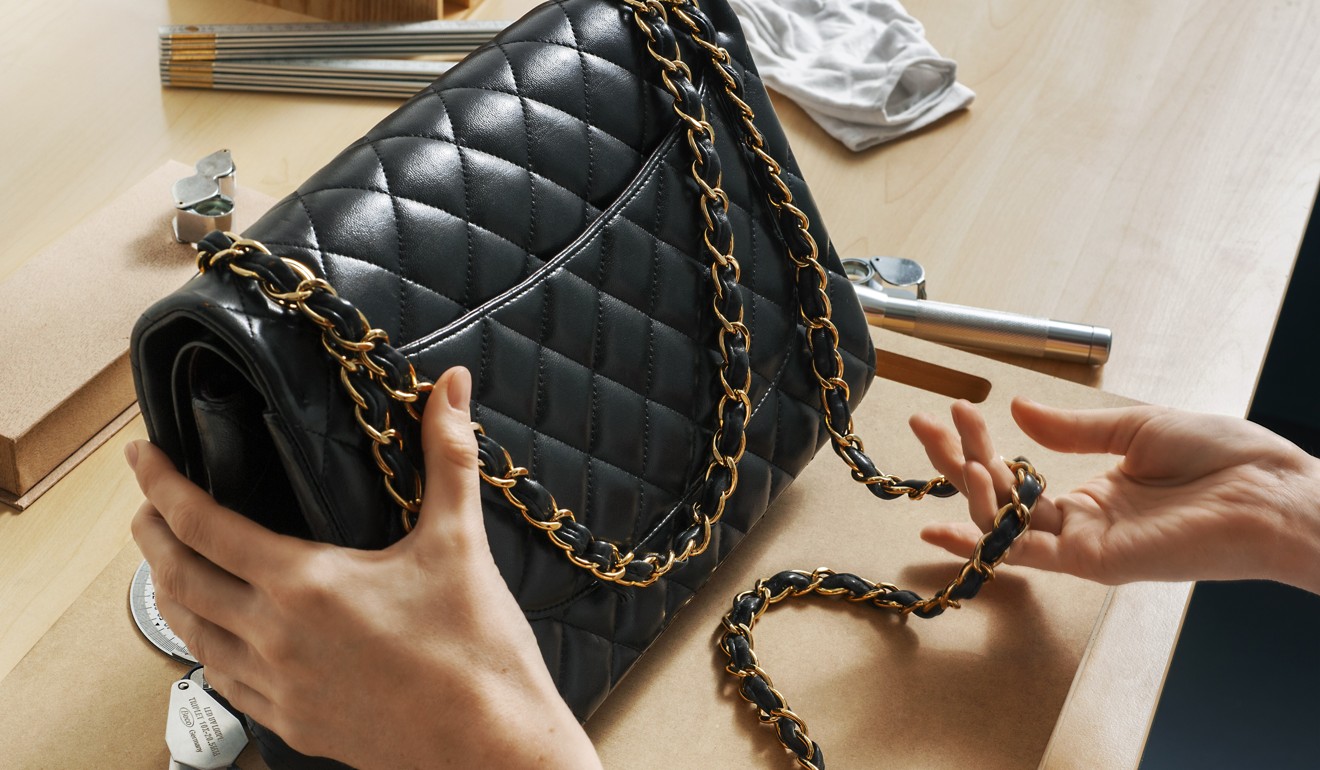
Chanel
Check the sticker printed with a serial number – if it comes off easily it is likely to be a fake.
Any bags pre-1984 will not come with a sticker featuring the serial number.
Since the chains are handmade they should be heavy and sturdy. Flimsy chains, fastened with glue, are also a good indication of a fake.
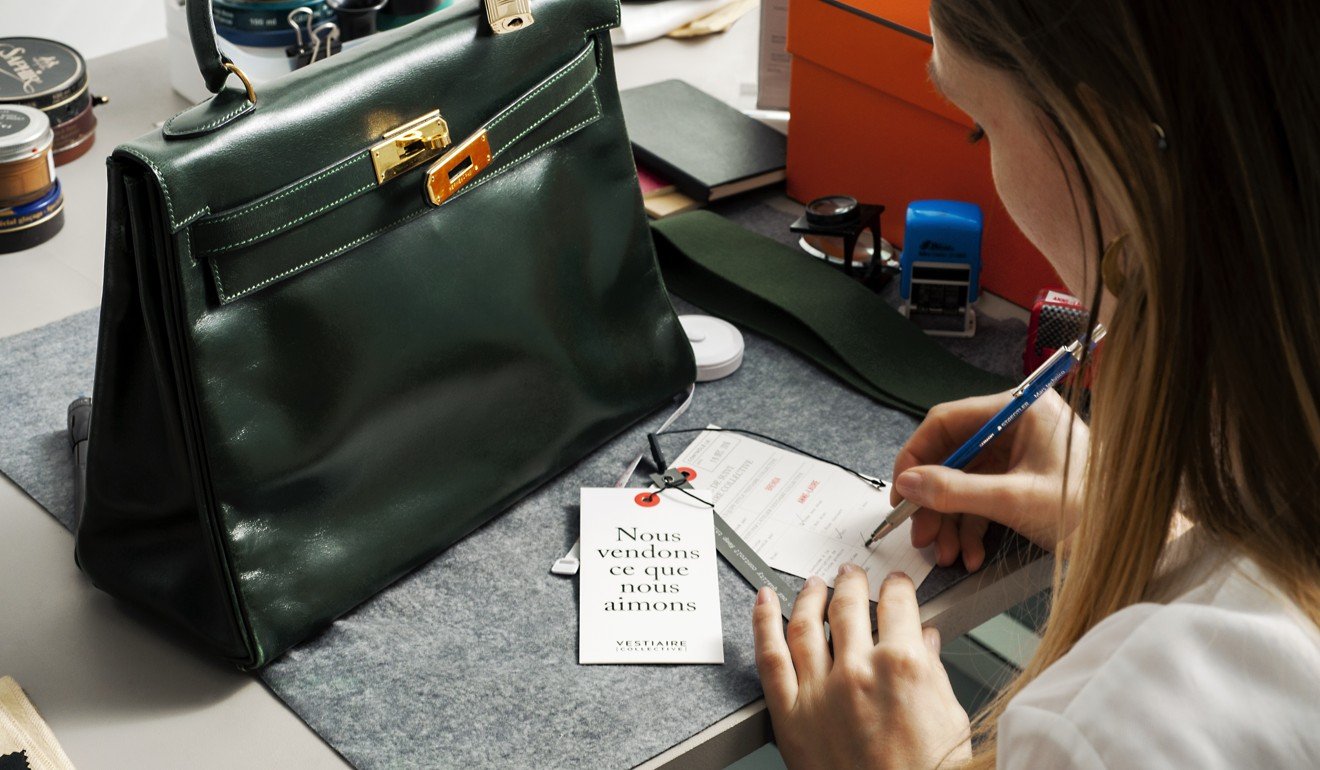
Hermès
Check that the clasp opens and closes smoothly – if it’s a struggle to open it’s a fake.
The stitching on most Hermès bags is hand made so if it looks too perfect than it’s likely done by machine and therefore a fake.
Check that the handles sit together perfectly.
Asian shoppers look to vintage clothes and accessories for something different
Examine the typography of the logo stamp inside the bag. The lettering should be quite thick as opposed to thin. The symmetry of the letters H and M should be balanced.
Check the zip and the engraving details on it. Depending on the time period, there can be different signatures that exist on the same zip.
This article appeared in the South China Morning Post print edition as: Navigating throughthe seaof fakery
https://www.scmp.com/lifestyle/fashion-beauty/article/2171188/how-spot-fake-chanel-and-hermes-bags-expert-gives-her-top


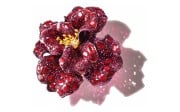
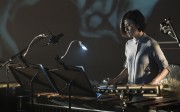



Comments